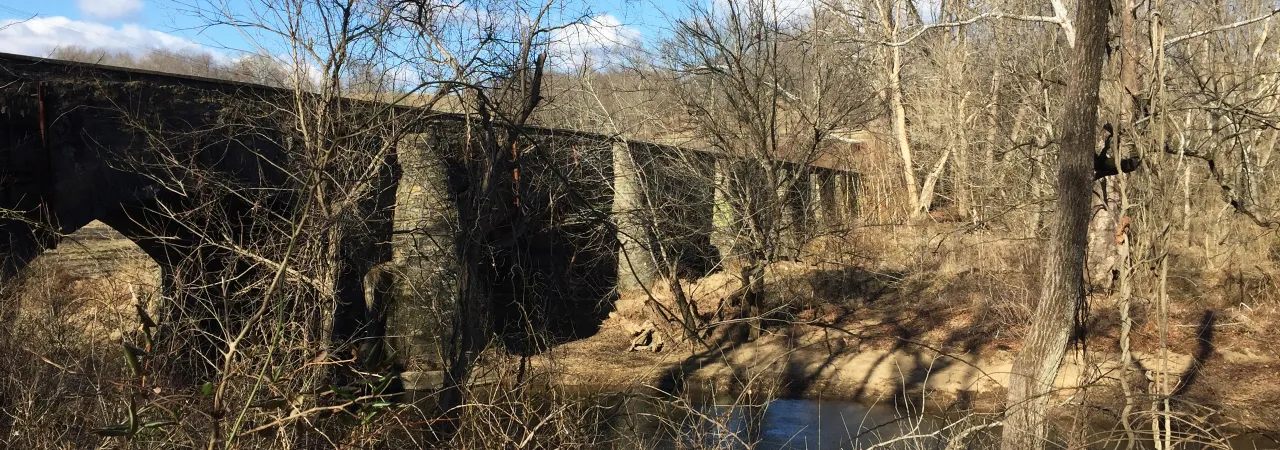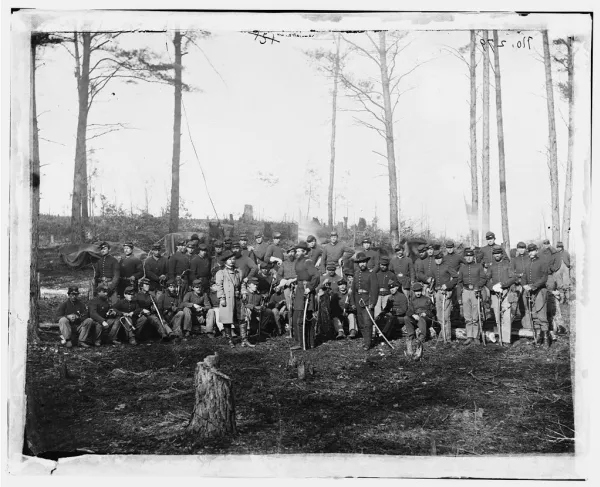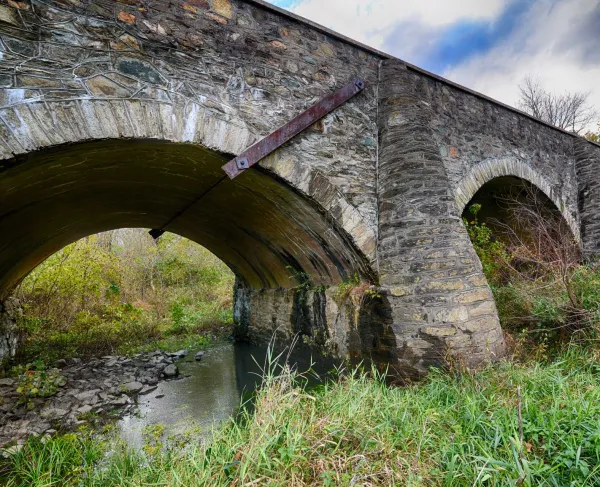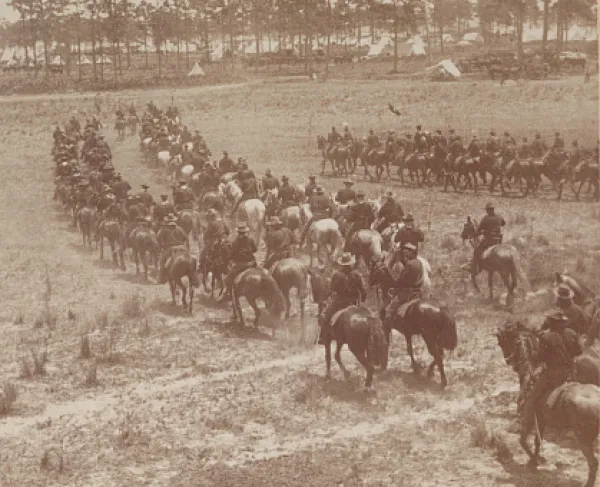
From June 9, 1863 until the 21, there were continuous cavalry engagements of immense magnitude and with the most bloody consequences. The names of Aldie, Middleburg and Upperville were raised from obscurity and made historic. These fields, especially the latter named, will figure in all times to come as the scenes of as desperate cavalry fighting as the world has ever seen.
Confederate Colonel Charles O’Ferrall, who, after the war, became a United States congressman and a governor of Virginia
Some of the most famous leaders and units that served in the Civil War fought in the fields overlooking Goose Creek and on the four-arched stone bridge spanning that waterway. Among them were J.E.B. Stuart, Alfred Pleasonton, Wade Hampton, Beverly Robertson, Judson Kilpatrick, David Gregg, Hart’s Battery, Moorman’s Battery, Fuller’s Battery, Calif’s Battery and Strong Vincent’s Brigade of infantry from the Union Fifth Corps – the famed 20th Maine, 16 Michigan, 44th New York and the 83rd Pennsylvania.
That stone bridge became a major chokepoint during the opening phase of the Battle of Upperville, fought on June 21, 1863. Union General Alfred Pleasonton had been assigned the task of taking his 7,000 cavalrymen west along the Ashby Gap Turnpike to the Shenandoah Valley to report on the whereabouts of General Robert E. Lee’s Army of Northern Virginia. Lee’s army was believed to be marching down the Shenandoah en route to a second invasion of the North.
Facing Pleasonton’s cavalry was the cavalry force under Confederate General J.E.B. Stuart, whose job was to delay the Union army and ultimately prevent it from crossing into the Shenandoah Valley.
Dismounted Confederate cavalrymen and two batteries of artillery held the hill west of the Goose Creek Bridge. Two Federal artillery batteries, along with cavalry and infantry, held the high ground east of Goose Creek. An artillery duel raged for over an hour, with dreadful effect. Finally, the Federal infantry and cavalry attacked down the steep embankment to cross Goose Creek, forcing the Confederates to retire to the next high ground to the west.
General Stuart’s stand here held the Federals at bay for over two hours and gave him time to consolidate his cavalry just east of Upperville, where he again delayed the Federal advance.
Stuart’s skilled delaying tactics produced hard-fought battles at Aldie, Middleburg and Upperville. He ultimately succeeded in preventing Pleasonton’s troopers from gaining any fruitful intelligence about Lee’s movement north toward the Potomac River. The Battle of Gettysburg would erupt just 10 days after the clash at Goose Creek Bridge.
Related Battles
209
180






